Finca Trabacuartos 50% Iberian Bellota Ham
Discover the unforgettable taste of our Finca Trabacuartos 50% Iberian Bellota Ham, a truly magnificent Spanish delicacy. This exceptional ham comes from 50% Iberian breed pigs, specifically chosen for their superior quality. These pigs roam freely, feasting on a diet rich in acorns (bellota) during the “montanera” season, which imparts a distinctive, nutty aroma and a beautifully marbled, melt-in-your-mouth texture to the ham.
This Iberian Bellota ham has been expertly hand-carved by skilled artisans. This traditional method ensures that each thin slice is cut to perfection, enhancing the ham’s delicate flavour profile and allowing you to fully appreciate its nuanced notes. The meticulous hand-slicing preserves the integrity of the fat and lean, releasing its full aromatic potential with every bite.
Finca Trabacuartos is renowned for its commitment to traditional Spanish charcuterie, guaranteeing an authentic experience. This 50% Iberian Bellota Ham boasts a delightful balance of sweet and savoury, with a persistent and pleasant aroma that speaks to its excellent curing process. Perfect for a sophisticated charcuterie board, a luxurious appetiser, or simply enjoyed on its own, this ham is a culinary masterpiece that will elevate any occasion. Bring the true taste of Spain to your table with this outstanding Iberian Bellota Ham.
Suggestions for the mince and bones of this 50% Iberian Bellota Ham
In Spain, especially with a prized product like Finca Trabacuartos 50% Iberian Bellota Ham, every part of the pig is valued and utilized to its fullest. This commitment to “nose-to-tail” eating is a hallmark of Spanish cuisine.
When a whole leg of Iberian ham is hand-carved, there will inevitably be smaller pieces, irregular cuts, and the meat closer to the bone that isn’t ideal for thin slicing. These are not wasted but are highly valued.
Croquetas de Jamón (Ham Croquettes):
This is arguably the most famous use for Iberian ham trimmings. The finely minced ham is incorporated into a creamy béchamel sauce, then breaded and deep-fried. The rich, intense flavour of the Iberian ham truly shines in these beloved tapas. If you’ve been to Spain, you’ve most likely had this dish somewhere.
Toasts and Sandwiches:
Finely chopped or “shavings” (virutas) of Iberian ham are perfect for topping toasted bread (tostas) or filling sandwiches, providing a concentrated burst of flavour.
Salads:
Iberian ham mince adds a salty, savory depth to various salads, complementing fresh vegetables and other ingredients.
Soups and Creams:
Small pieces of ham can be stirred into hot or cold soups and vegetable creams (like salmorejo or pumpkin cream) just before serving to add flavour and texture.
Scrambled Eggs (Huevos Revueltos):
A classic simple dish where ham trimmings are gently cooked with scrambled eggs, creating a flavorful and satisfying meal.
Fillings and Stuffings:
The mince can be used as a delicious filling for mushrooms, vegetables, or even in some traditional Spanish pastries.
Seasoning for Dishes:
Much like bacon bits, the small pieces of ham can be used to add a rich, savory kick to various dishes like lentils, stews, or rice dishes.
What to do the Bones (Huesos):
The bones of an Iberian ham are considered a culinary treasure in Spain, imparting immense flavor to broths and stews. Throwing them away would be considered a waste of their rich potential.
Broths and Consommés (Caldo de Jamón):
This is the most common and revered use. The ham bone, often broken into smaller pieces, is simmered for hours with vegetables (like onion, leek, carrot) to create an incredibly rich, intensely flavorful broth. This broth serves as a base for countless Spanish dishes such as:
Soups:
Used as the liquid base for traditional Spanish soups, especially hearty winter soups like cocido (chickpea stew) or lentil stews (lentejas).
Rice Dishes:
Essential for cooking rice dishes like arroz a banda or other savoury rice preparations, infusing the rice with ham flavour.
Sauces:
The concentrated ham broth can be reduced to create rich, savory sauces for meat or vegetable dishes.
Jellies:
Sometimes, the broth from the bones is further reduced until it forms a jelly, which can be served as a flavourful accompaniment.
Flavoring Agent:
A piece of ham bone is often added to slow-cooked stews and casseroles to impart a deep, umami flavour.
“Carving” remnants: Even after most meat is removed, skilled hands might still scrape off tiny bits of meat and fat directly from the bone to use in other dishes or for immediate consumption.
Endless possibilities!
Iberian pork ham, salt, dextrose, sugar, preservatives (E-252) and antioxidants (E-331iii, E-301).
Gluten Free.
_
Keep refrigerated once opened.
Typical shelf-life of 3 months in original packaging.
Always check package instructions when it arrives for specific information.
Vacuum packed.
Fecha de consumo preferente means best before date, and Fecha de caducidad means expiry date. Date formats on Spanish products are the same as in Ireland, i.e. dd/mm/yyyy.
All cured meats are best served at room temperature so remove from storage location at least 20 minutes before serving.
Produced by:
Olivar Iberico 2018 SL
Carretera EX-109, S/N, Km 371,
Finca Trabacuartos,
10830 Torrejoncillo,
Cáceres,
Spain
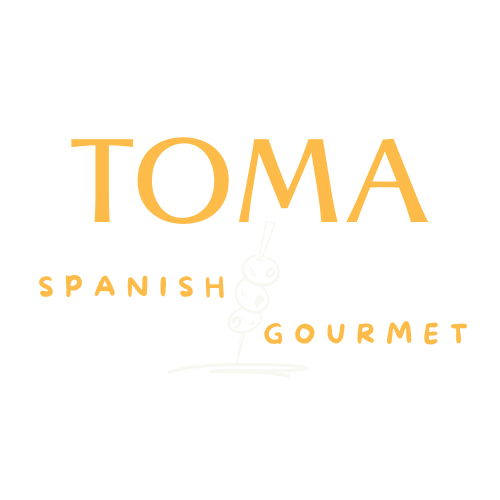
 Aljomar Acorn Fed Iberian Chorizo Cular (1.1kg approx.)
Aljomar Acorn Fed Iberian Chorizo Cular (1.1kg approx.) 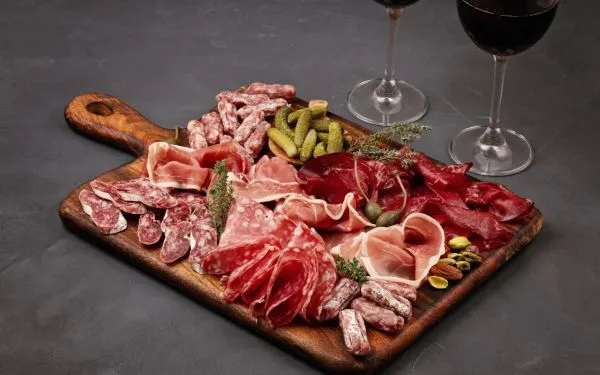
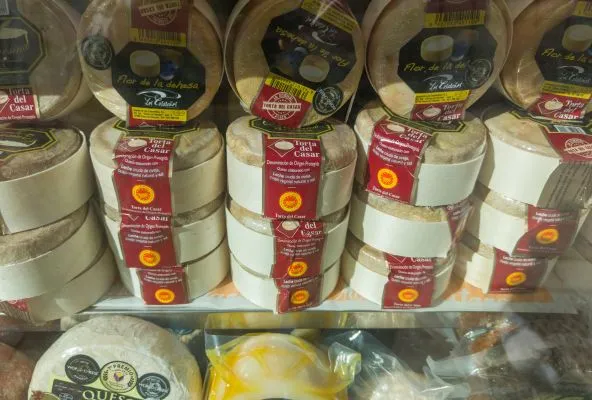
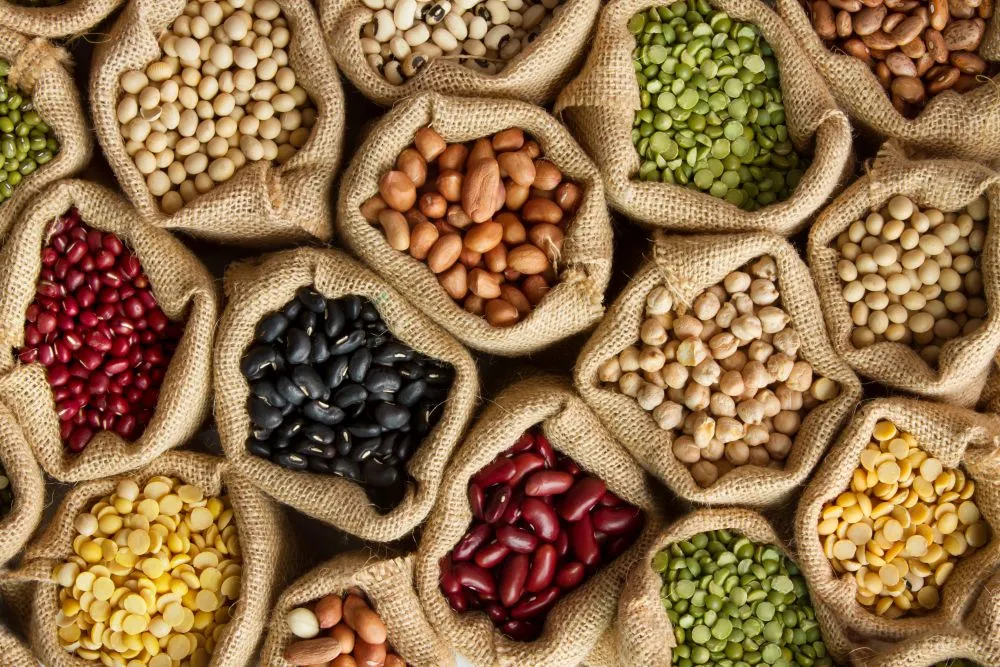

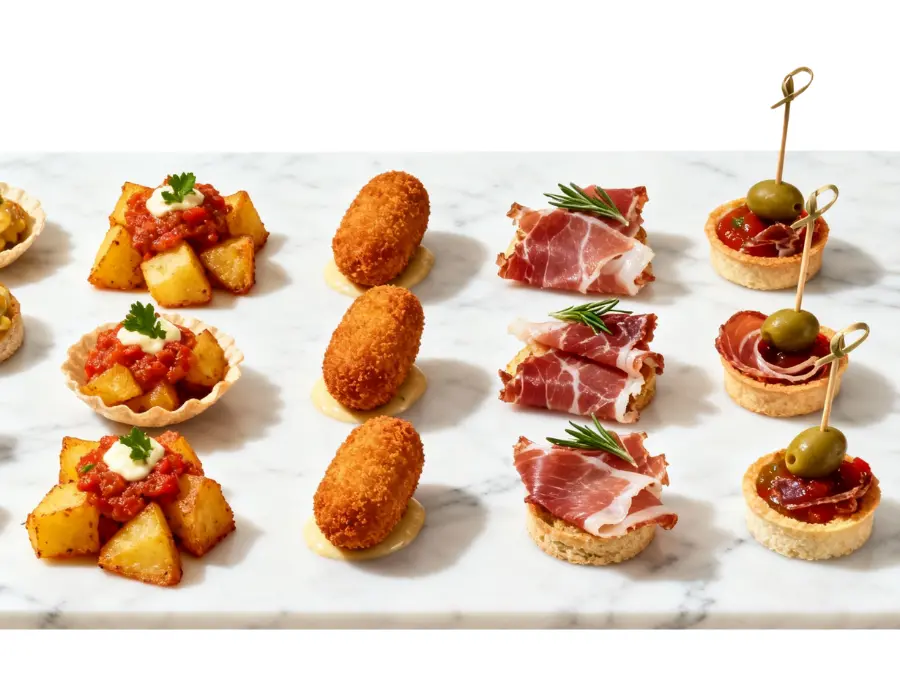
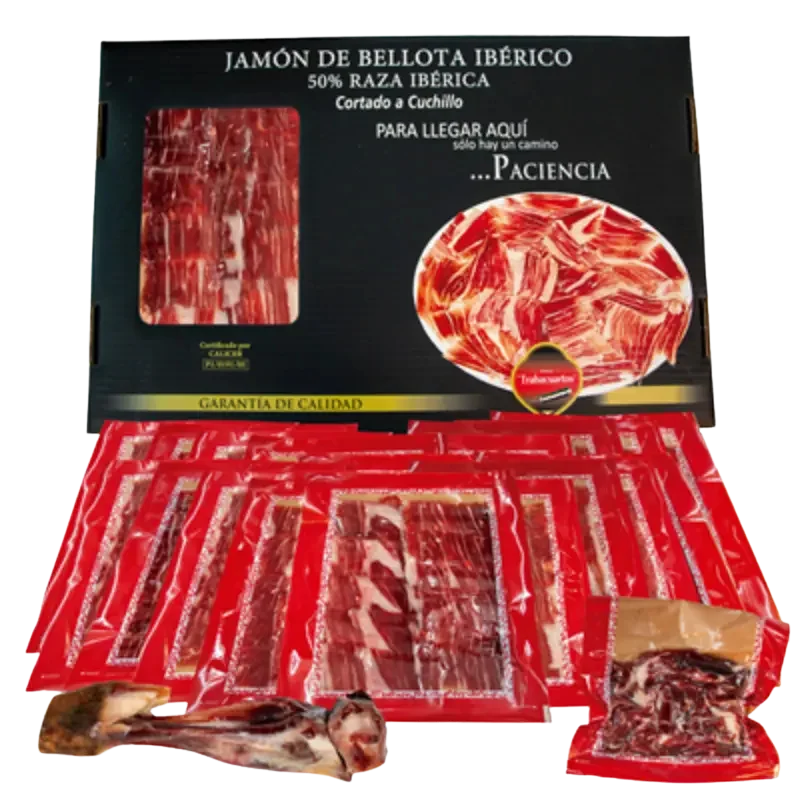
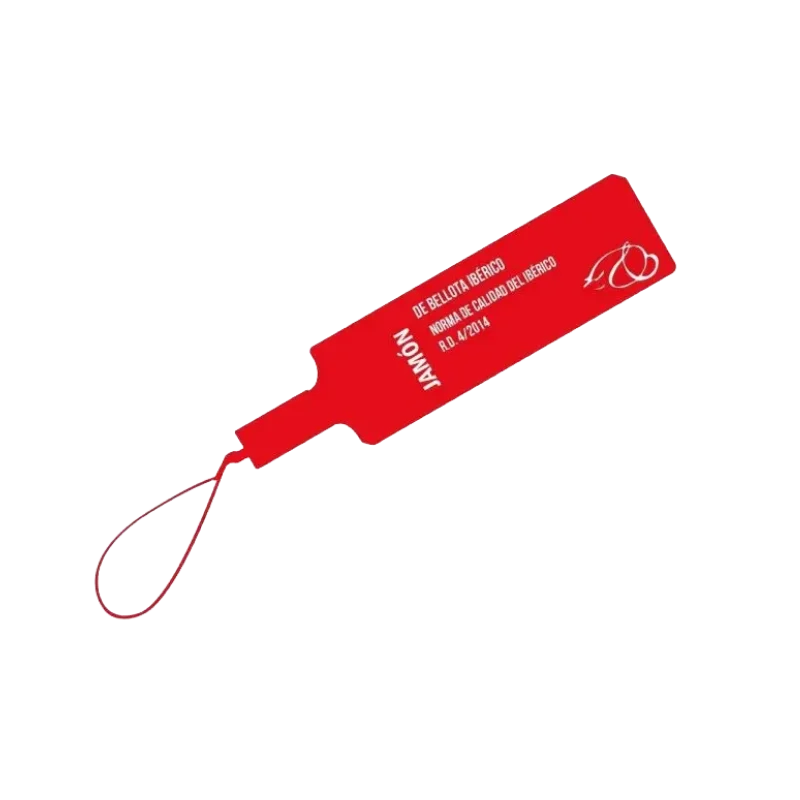



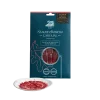
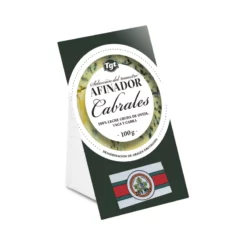
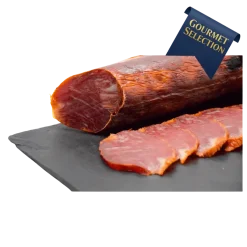

Reviews
There are no reviews yet.